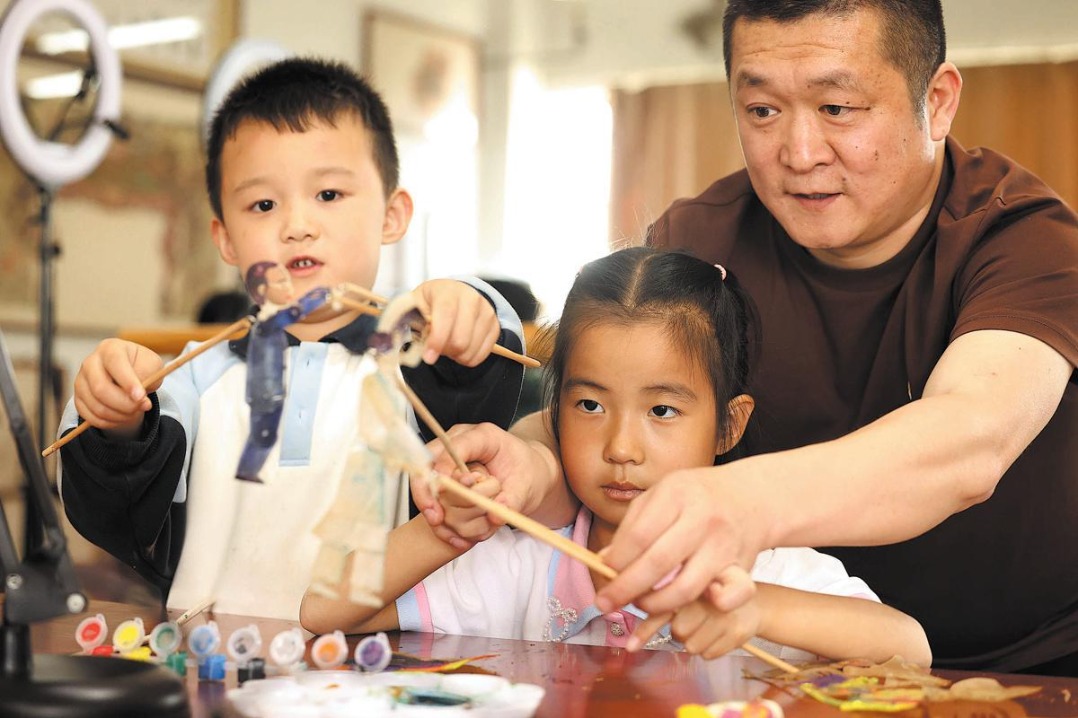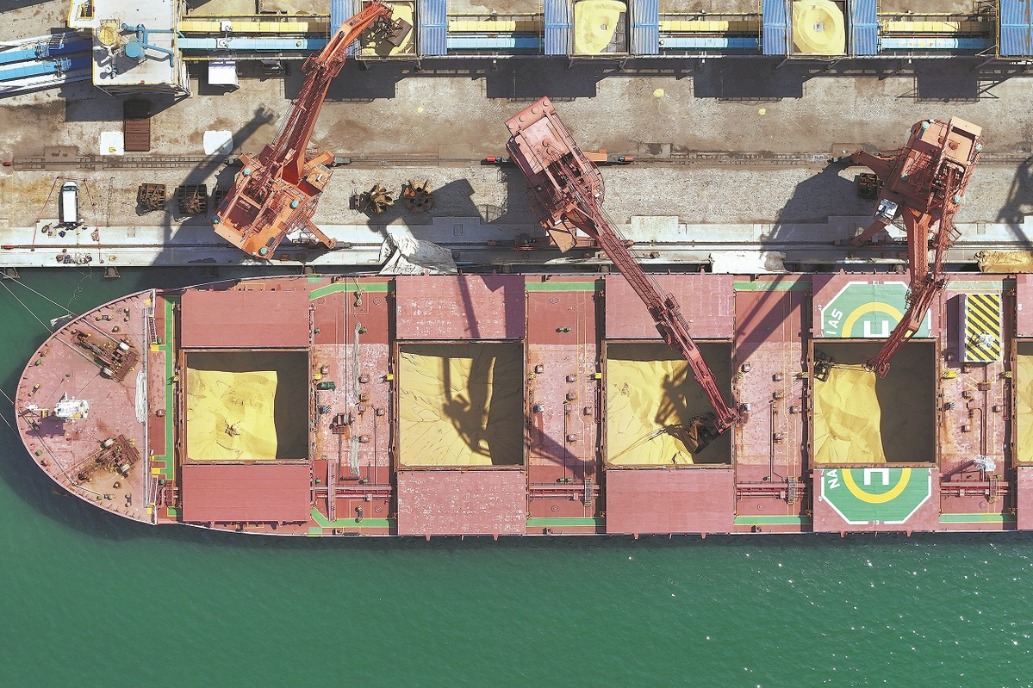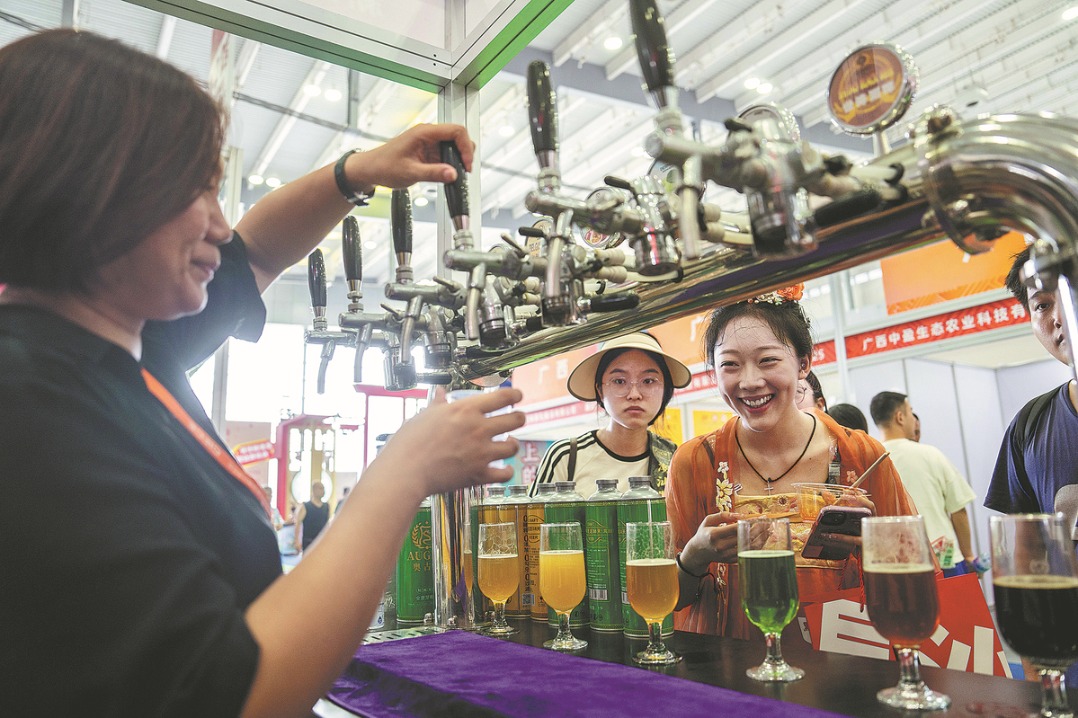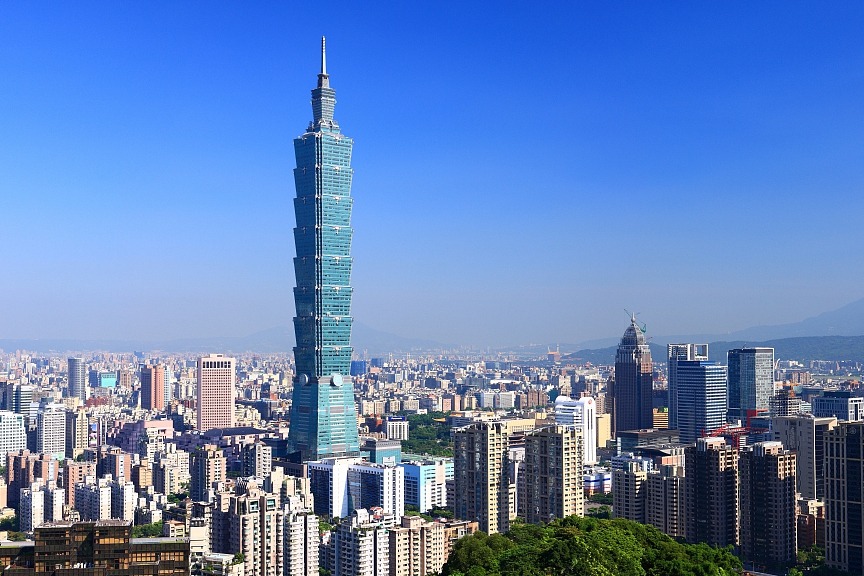What Nigeria can learn from China on poverty alleviation

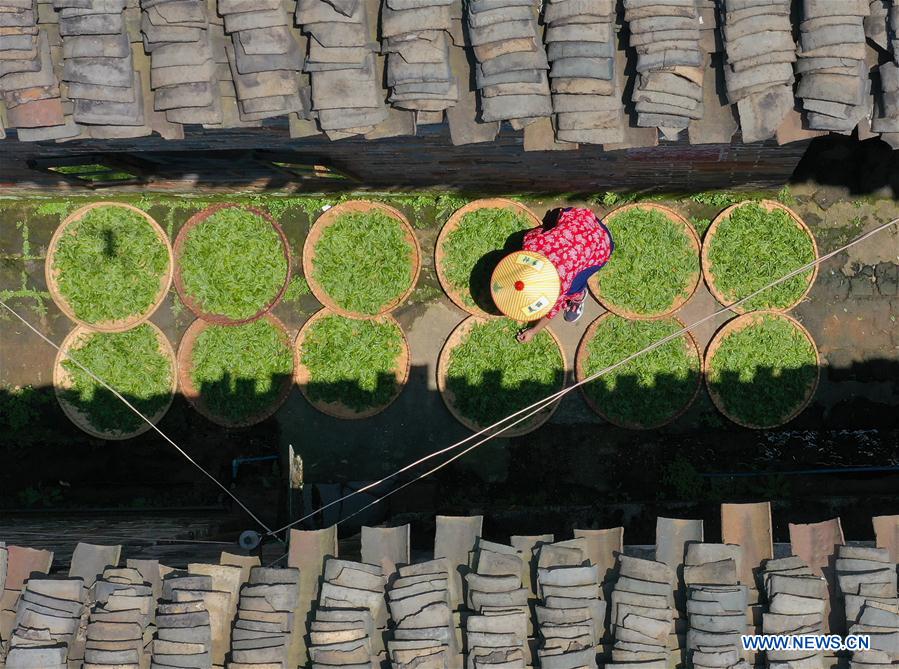
The biggest issue confronting Nigeria today is extreme poverty. According to a new report by the World Poverty Clock, Nigeria has overtaken India as the nation with the most extreme poverty in the world - and, even worse, the situation in Nigeria is increasing by six people every minute, while poverty in China continues to fall. At the end of May 2018, World Poverty Clock trajectories proposed that Nigeria had 86.9 million people in extreme poverty, representing almost 50 percent of the nation's entire population of over 199 million. Based on the latest United Nations estimates, the nation's extreme poor are thought to be living on less than $1.90 a day, while China is making tremendous success in reducing extreme poverty.
Today, the easiest method to alleviate poverty is to create employment. As of 1990, China had a whopping 756 million of its citizens living in extreme poverty. How was China able to achieve this remarkable success of poverty reduction among its over 1.4 billion inhabitants? Simple - Chinese leaders realized the quantity of extremely poor people in the country was a timed nuclear device and decided to confront this problem head-on. Chinese officials also realized that the major existential threat for the nation was not external, but rather the nation's own unemployed masses who would soon rise up and wipe them away. How were they able to handle this?
First, the Chinese Communist Party developed a comprehensive poverty eradication plan and an implementation strategy to attain results. The plan had a five-year renewable cycle, with measurable goals, timelines for achieving similar outcomes, and rewards or sanctions for responsible officers. From the beginning, the Chinese government has owned the poverty eradication program and continues to be its main driver. The Politburo, the central government decision-making organ, developed the plan and drilled it down to the provinces, counties and rural villages. The nature of the Chinese government system makes the workability of the plan a lot faster since it is a socialist system with central authority at the Politburo. There is a nationally suitable budget for the program, which has been steadily augmented during every planning cycle of five years. For example, the budget was $41.7 billion in 2013-2017, more than double the level of the previous five years. This figure far exceeds the entire fiscal budgets of numerous African nations including Nigeria. The funds deployed in China under the poverty alleviation campaign cover numerous areas, including rural infrastructure, agricultural subsidies and discounted loans. The broad goal of such assistance is to encourage the self-development and empowerment of poor populations.
China has always attached importance to poverty eradication and human development. According to the global poverty line of $1.25 per day, from 1981 to 2013, China lifted 850 million people out of poverty, with the percentage of people living in extreme poverty falling from 88 percent to 1.85 percent. Also, a World Bank report shows that from 2012 to 2013 alone, approximately 100 million people escaped extreme poverty. That's a quarter of a million people per day, or 200 people per minute. A United Nations report asserts that China has reduced about 76 percent of the poverty across the world, making China the nation with the most people lifted out of poverty globally. This success is a result of "strong leadership and dedication" from governments at all levels, the people as well as institutions such as universities, leading to fruitful collaboration and partnerships working toward a common goal. In order to move millions of people out of poverty, the Chinese leadership made the decision to move away from the comfort zone of easy revolutionary rhetoric, took economic modernization as a central task, launched reform and opening-up, and traveled the tough terrain of "groping through the river by feeling the stones". The Chinese leadership believes in a bottom-up grassroots movement to focus mainly on boosting the standards of living for ordinary Chinese people. This can be attained in Nigeria as well.
Nigeria is in a similar stage of development as the nation is eager to escape the poverty trap and hence China does know how to deliver outstanding outcomes for Nigeria. China had experienced similar circumstances four decades ago and much of the world did not believe China would succeed. But China has proven the doubters wrong. Now it's time for Nigeria to seize the moment with China's willingness to support. China and Nigeria can join hands to march ahead on the path to prosperity. The Nigerian government needs to realize that targeting is the key to alleviating poverty, because a targeted poverty reduction strategy permits the Chinese government to identify and reach the poorest of the poor, and to provide support to help them move out of poverty. This is especially important as the Chinese government is cracking the tough nut by 2020. Also, the participation of all segments of society in China - from the government to enterprises, NGOs and ordinary people – has allowed for concerted efforts to eradicate poverty and to pursue inclusiveness in development with no one left behind. China's development provides a valuable model for Nigeria because China is willing to share with other developing nations, such as Nigeria, under the framework of South-South cooperation and the Belt and Road Initiative. To turn this into reality, the Nigerian government needs a simple and comprehensive master plan designed in a manner similar to the Chinese development strategy, with specific goals and a timeline for the attainment, which in turn should have an impact on GDP and human development. With that said, Nigeria has a second mover advantage to employ China's poverty alleviation strategy and continue attaining novel outcomes in shared development for humankind.
The author is the executive director of the Center for Nigerian Studies in the Institute of African Studies at Zhejiang Normal University.
The opinions expressed here are those of the writer and do not necessarily represent the views of China Daily and China Daily website.



















